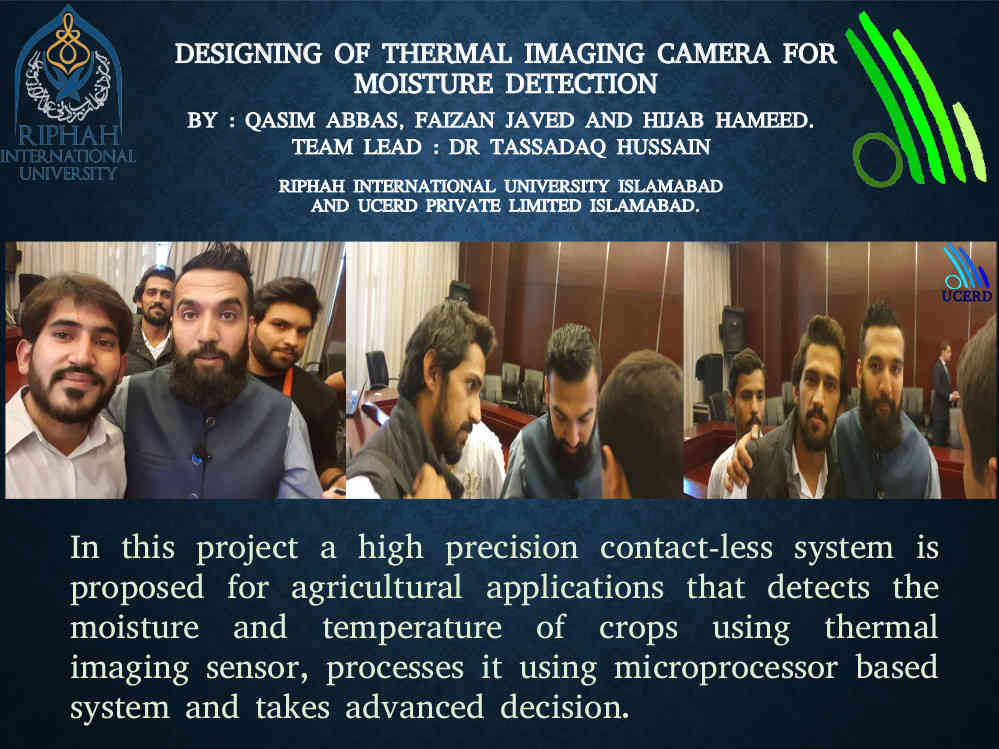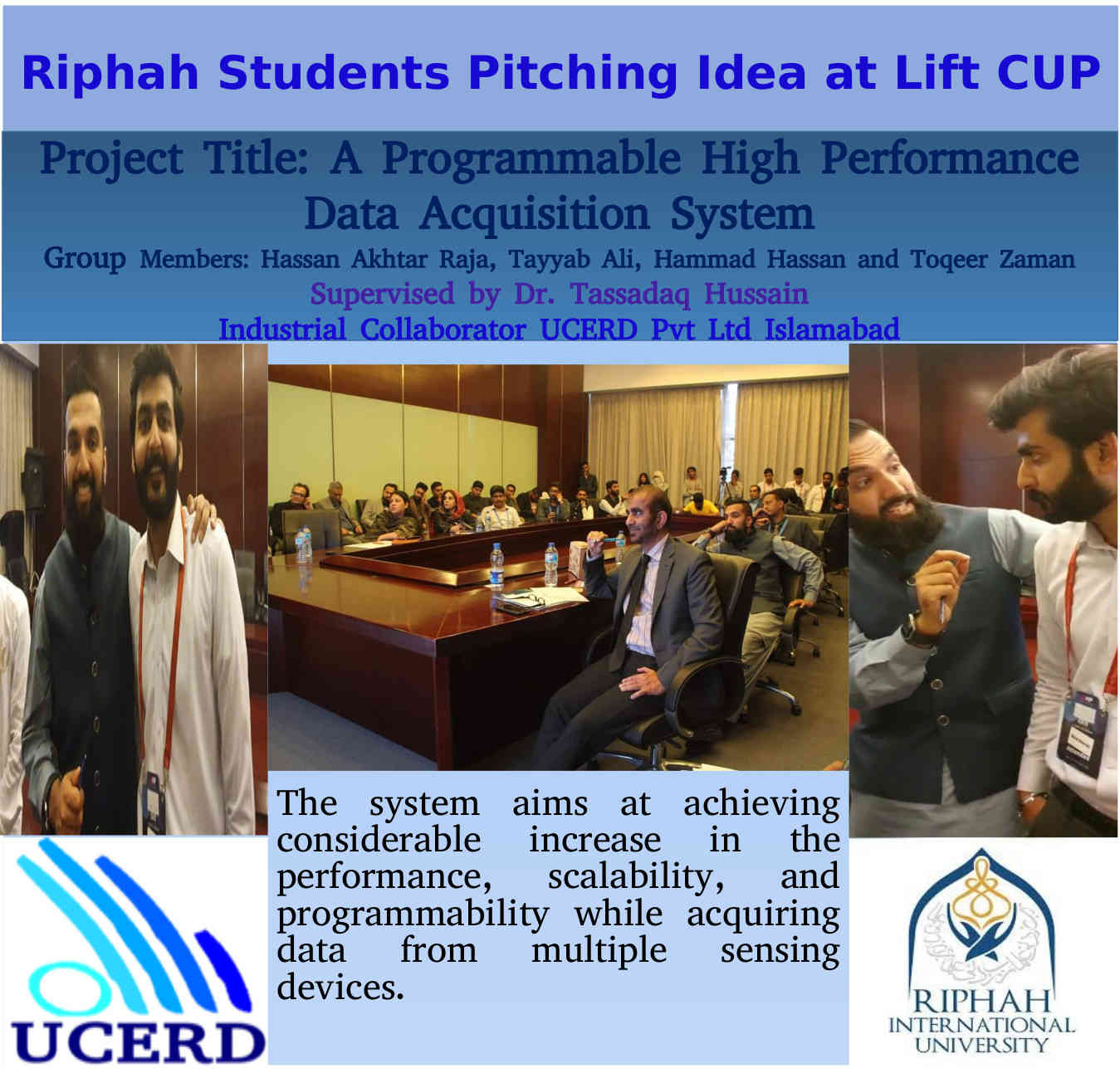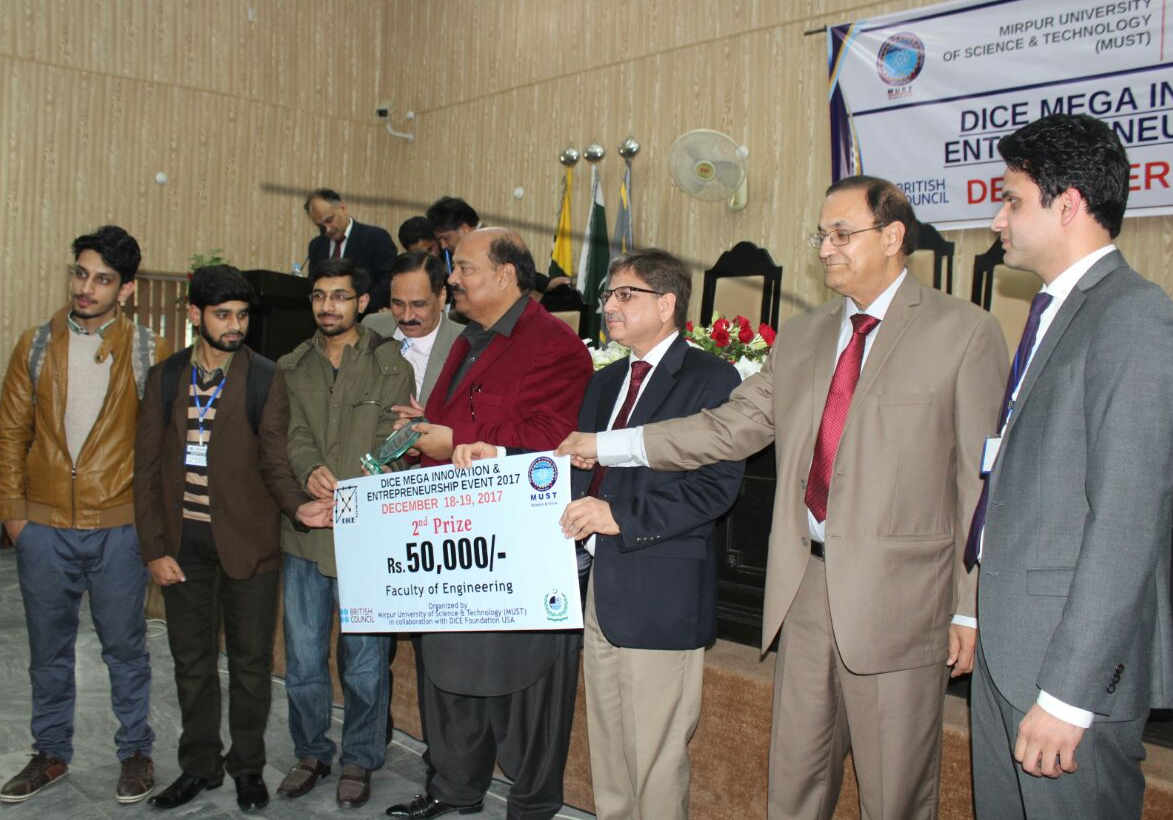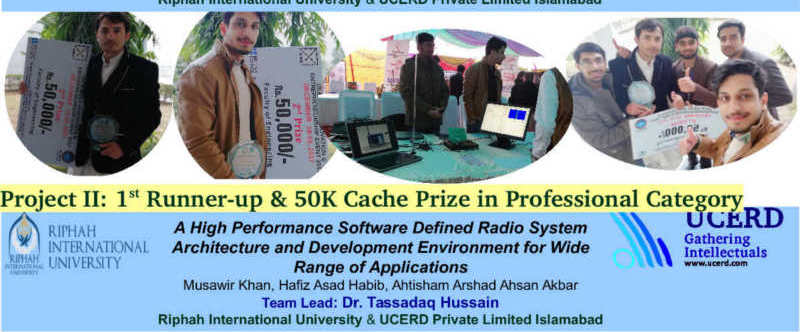Image Processing has become an essential tool for science and engineering applications. Numerous powerful platforms to register, store, analyze and process image applications have appeared in recent years. However, these systems do not fulfill the desired requirement as per local needs. That includes an indigenous system that could be customized according to the local needs. Moreover, the cost of such systems is on higher side that contributes to the increase in expenses of each scan. This results in discouraging patients who could not afford these high costs and therefore compromise on their health. Also, in many medical imaging systems such as MRI, the temporal resolution has been reported to be a major concern which causes discomfort to patients with severe illness/pain as they have to be at the still condition for a longer period of time.
The Embedded Computer Vision Research Group (ECVRG) for Medical Applications (ECVRG) proposes different hardware/software architectures/techniques for medical imaging applications. The hardware/software registers, stores, and processes complex and multi-dimensional medical imaging application in real-time. The ECVRG provides a user-friendly programming environment and high-performance architecture to perform imaging data acquisition, registration, storage, analysis and performs segmentation, filtering, and recognition for complex real-time complex and multidimensional medical images or videos. The proposed systems will be highly reliable concerning cost, performance, and power. The ECVRG will use advanced heterogeneous multi-core and GPU based systems to implement and test applications.
All living beings require techniques for judging the surroundings. Being able to sense one's surroundings is of such imperative importance for survival that there has been a constant race for life-forms to build up more sophisticated sensory methods through the process of evolution. As a consequence of this process, advanced life-forms have at their disposal an array of highly accurate senses. Some unusual sensory abilities are present in the natural world, such as the ability to detect magnetic and electric fields, or the use of ultrasound waves to determine the structure of surrounding obstacles. Despite this, one of the most prized and universal senses utilized in the natural world is vision.
To mimic the adaptive visual aspects of biological vision and to incorporate this capability into machine vision, ECVRG has been motivating of image processing and image recognition. The ECVRG proposes novel hardware digital systems and application programs that are analogous to the eyes, modern machine vision systems. The proposed and developed systems are equipped with one or more cameras that capture light signals, and then store the digital images or video sequences for subsequent processing. To fully incorporate the adaptive capabilities of biological vision systems into machines necessitates the design uses effective adaptive image processing techniques.
Image Recognition
Image recognition has specialized use in digital systems such as medical imaging, computer vision, defense, communication etc. Comparison between two images that look indistinguishable is a formidable task. Two images taken from different sources might look identical but due to different digitizing properties, they are not. Whereas small variation in image information such as cropping, rotation, and slight photometric alteration are unsuitable for based matching techniques.
The Image Recognition project introduces different matching algorithms and system architectures that facilitate, for art centers, identifying real images from fake ones. Different vision algorithms for local image features are implemented using OpenCV, Python, and Matlab. The Graphical Unit Interface (GUI) tools are used to identify images by its shapes and objects. The parameter of the vision system is fully accessible to the user through this graphical unit interface. And then for matching, it applies different description technique that can identify exact figures of objects.
The research group targets image & video processing as a prime application area for embedded systems research.
Video processing requires very high computation rates and large amounts of memory; video systems are often cost-sensitive. Because video systems are built as systems-on-chips, they make a good arena for investigating both architectures and methodologies for embedded systems. UCERD is also looking into radio and communications as a fertile application area for embedded computing. Here at UCERD, we are working on two types of architecture the Embedded Accelerator and System on Chip. Embedded Accelerator architecture is application-specific architectures for video that used embedded accelerator.
The Embedded Computer Vision Research Group (ECVRG) for Medical Applications (ECVRG) proposes different hardware/software architectures/techniques for medical imaging applications. The hardware/software registers, stores, and processes complex and multi-dimensional medical imaging application in real-time. The ECVRG provides a user-friendly programming environment and high-performance architecture to perform imaging data acquisition, registration, storage, analysis and performs segmentation, filtering, and recognition for complex real-time complex and multidimensional medical images or videos. The proposed systems will be highly reliable concerning cost, performance, and power. The ECVRG will use advanced heterogeneous multi-core and GPU based systems to implement and test applications.
All living beings require techniques for judging the surroundings. Being able to sense one's surroundings is of such imperative importance for survival that there has been a constant race for life-forms to build up more sophisticated sensory methods through the process of evolution. As a consequence of this process, advanced life-forms have at their disposal an array of highly accurate senses. Some unusual sensory abilities are present in the natural world, such as the ability to detect magnetic and electric fields, or the use of ultrasound waves to determine the structure of surrounding obstacles. Despite this, one of the most prized and universal senses utilized in the natural world is vision.
To mimic the adaptive visual aspects of biological vision and to incorporate this capability into machine vision, ECVRG has been motivating of image processing and image recognition. The ECVRG proposes novel hardware digital systems and application programs that are analogous to the eyes, modern machine vision systems. The proposed and developed systems are equipped with one or more cameras that capture light signals, and then store the digital images or video sequences for subsequent processing. To fully incorporate the adaptive capabilities of biological vision systems into machines necessitates the design uses effective adaptive image processing techniques.
Image Recognition
Image recognition has specialized use in digital systems such as medical imaging, computer vision, defense, communication etc. Comparison between two images that look indistinguishable is a formidable task. Two images taken from different sources might look identical but due to different digitizing properties, they are not. Whereas small variation in image information such as cropping, rotation, and slight photometric alteration are unsuitable for based matching techniques.
The Image Recognition project introduces different matching algorithms and system architectures that facilitate, for art centers, identifying real images from fake ones. Different vision algorithms for local image features are implemented using OpenCV, Python, and Matlab. The Graphical Unit Interface (GUI) tools are used to identify images by its shapes and objects. The parameter of the vision system is fully accessible to the user through this graphical unit interface. And then for matching, it applies different description technique that can identify exact figures of objects.
The research group targets image & video processing as a prime application area for embedded systems research.
Video processing requires very high computation rates and large amounts of memory; video systems are often cost-sensitive. Because video systems are built as systems-on-chips, they make a good arena for investigating both architectures and methodologies for embedded systems. UCERD is also looking into radio and communications as a fertile application area for embedded computing. Here at UCERD, we are working on two types of architecture the Embedded Accelerator and System on Chip. Embedded Accelerator architecture is application-specific architectures for video that used embedded accelerator.
Hands-On GPU-Accelerated Computer Vision with OpenCV and CUDA: Effective Techniques for Processing Complex Image Data in Real Time Using GPUs
Integrated Imaging and Vision Techniques for Industrial Inspection: Advances and Applications
Mobile Deep Learning with TensorFlow Lite, ML Kit and Flutter: Build scalable real-world projects to implement end-to-end neural networks on Android and iOS
TinyML: Machine Learning with TensorFlow Lite on Arduino and Ultra-Low-Power Microcontrollers
Jetson:
IoT Projects with NVIDIA Jetson Nano: AI-Enabled Internet of Things Projects for Beginners
Integrated Imaging and Vision Techniques for Industrial Inspection: Advances and Applications
Mobile Deep Learning with TensorFlow Lite, ML Kit and Flutter: Build scalable real-world projects to implement end-to-end neural networks on Android and iOS
TinyML: Machine Learning with TensorFlow Lite on Arduino and Ultra-Low-Power Microcontrollers
Jetson:
IoT Projects with NVIDIA Jetson Nano: AI-Enabled Internet of Things Projects for Beginners
[1] ViPS: A Novel Visual Processing System Architecture for Medical Imaging:
Tassadaq Hussain,
ScienceDirect Biomedical Signal Processing and Control, ISSN: 1746-8094. IF: 2.214
[2] PGC: a pattern-based graphics controller:
Tassadaq Hussain and Amna Haider.
Int. J. Circuits and Architecture Design 2014.
[3] ViPS: Visual Processing System for Medical Imaging.
Tassadaq Hussain, Oscar Palomar, Adrian Cristal, Eduard Ayguade and Amna Haider.
The 7th International Conference on Biomedical Engineering and Informatics (BMEI).
Tassadaq Hussain,
ScienceDirect Biomedical Signal Processing and Control, ISSN: 1746-8094. IF: 2.214
[2] PGC: a pattern-based graphics controller:
Tassadaq Hussain and Amna Haider.
Int. J. Circuits and Architecture Design 2014.
[3] ViPS: Visual Processing System for Medical Imaging.
Tassadaq Hussain, Oscar Palomar, Adrian Cristal, Eduard Ayguade and Amna Haider.
The 7th International Conference on Biomedical Engineering and Informatics (BMEI).
Embedded Computer Vision Reserch Group (ECVRG)
UCERD Rawalpindi
Supercomputing Center
UCERD Murree








